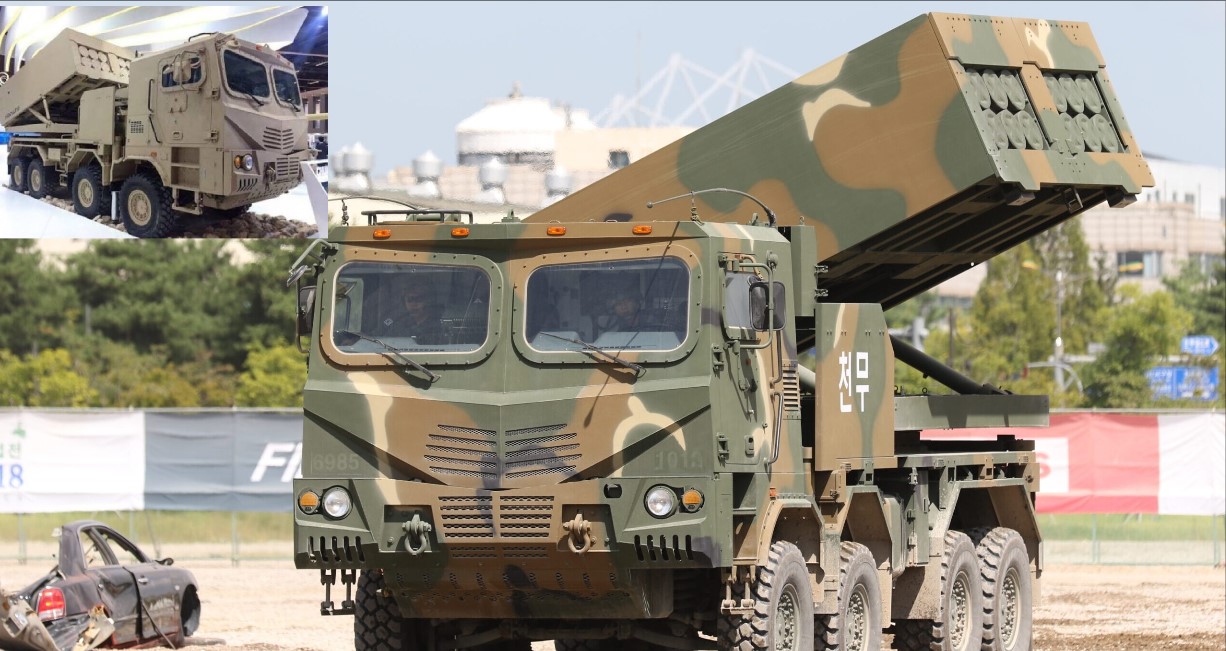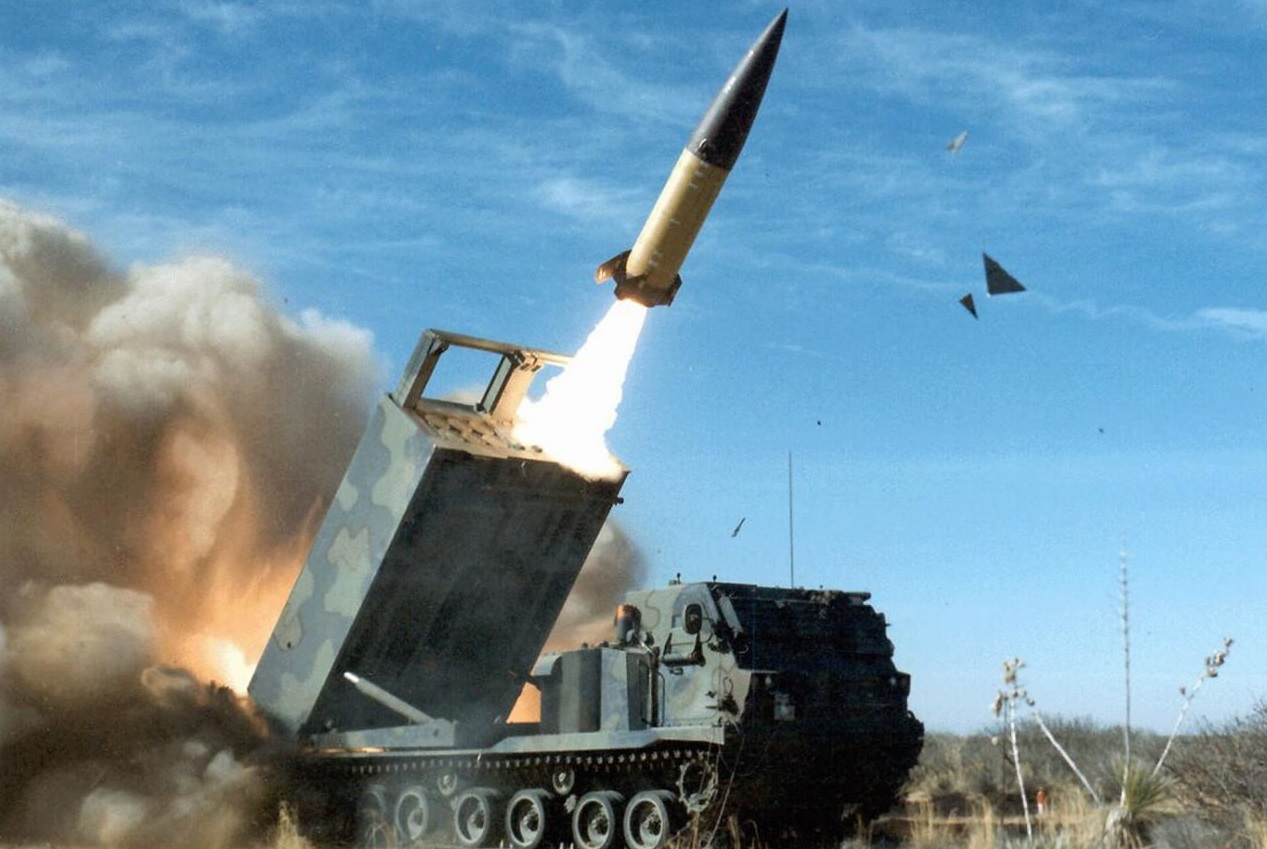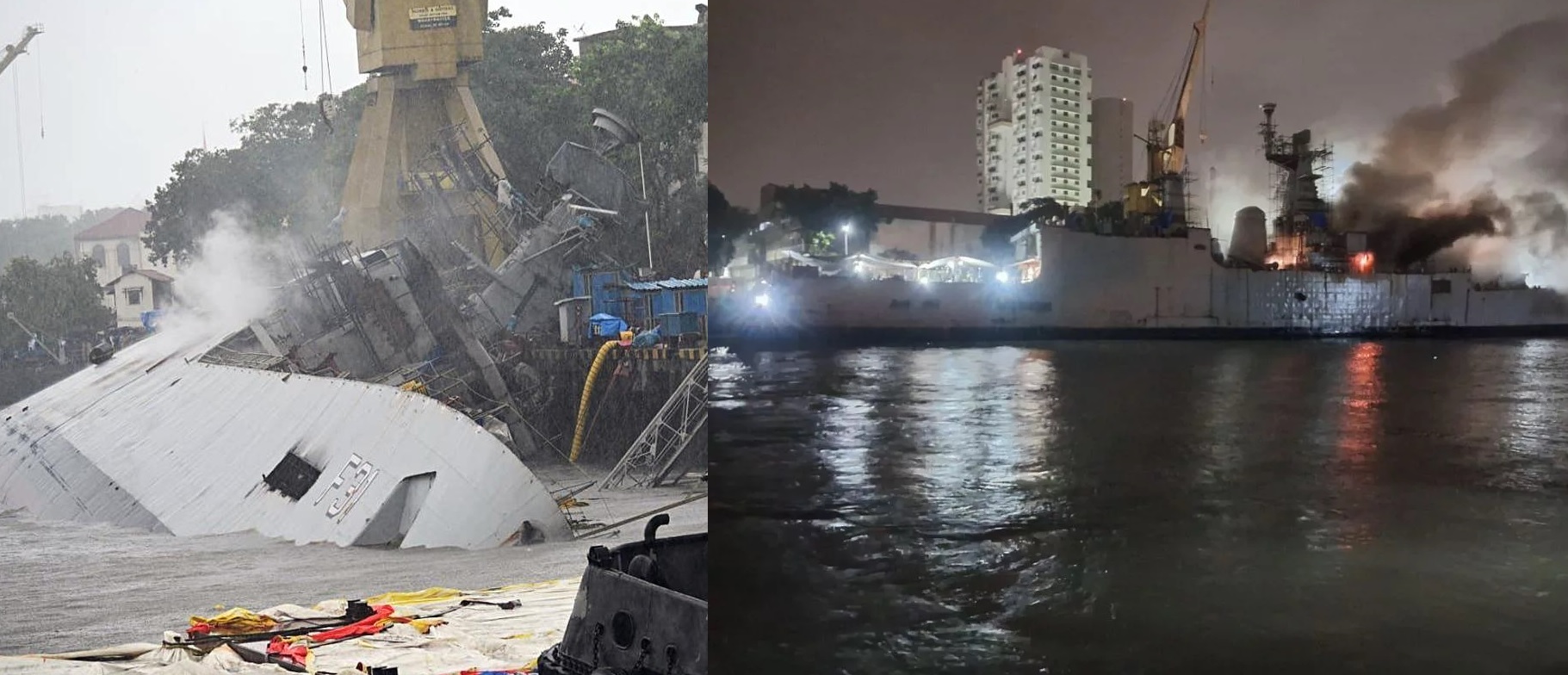Taiwan Strengthens Communication Resilience with LEO Satellites, Make War-Proof its communications networks

As Taiwan grapples with escalating geopolitical tensions, the island is doubling down on fortifying its communications network to ensure resilience in the face of potential crises. Situated a mere 200 kilometers from mainland China, Taiwan's reliance on 15 undersea cables for external communications underscores its vulnerability. Any disruption to this infrastructure could cripple the island's ability to maintain internal stability or coordinate with the international community.
Learning from Ukraine’s Playbook
The Russian invasion of Ukraine has offered a stark lesson in the importance of robust communication systems during wartime. Ukraine's ability to leverage the Starlink satellite network for uninterrupted military coordination, intelligence sharing, and real-time information dissemination has profoundly influenced Taiwan’s strategy. Inspired by this model, Taipei is prioritizing the development of low Earth orbit (LEO) satellite networks to enhance its digital and military resilience.
William Lai Ching-te, Taiwan’s leader, has laid out an ambitious vision for Taiwan to become the Asian hub for medium- and low-orbit communication satellites. With the establishment of the Taiwan Space Agency (TASA) in 2023, the island is poised to advance its Beyond 5G (B5G) satellite initiatives. These efforts are aimed at reducing latency and increasing transmission speed, crucial factors for military and emergency applications.
Why LEO Satellites are Crucial
LEO satellites, orbiting at altitudes between 160 to 2,000 kilometers, offer significantly lower latency compared to traditional geostationary satellites. This rapid signal transmission is vital for real-time applications such as drone operations, battlefield intelligence, and emergency responses. In Ukraine, such capabilities have enabled precise coordination of military operations and swift dissemination of battlefield updates to global audiences.
For Taiwan, the stakes are equally high. In the event of disrupted undersea cables, LEO satellites can ensure seamless internal and external communications, allowing the government to maintain command systems and share critical updates with allies.
Building a Resilient Satellite Network
Taiwan has begun sourcing LEO satellite services from Eutelsat OneWeb, enabling 24-hour satellite internet with over 700 ground hotspots across the island. However, achieving self-sufficiency remains a long-term challenge. Experts estimate that Taiwan will need at least 120 LEO satellites to ensure round-the-clock, robust communication coverage.
TASA's experimental B5G program is a step in this direction. Utilizing SpaceX’s Falcon Heavy rockets, the program aims to deploy two 400kg satellites into a 600km orbit to test two-way communication capabilities. These trials will validate Taiwan’s indigenous communication payloads and ground systems, marking an essential milestone in developing a fully controlled satellite network.
Challenges and Opportunities
Despite progress, Taiwan faces hurdles in achieving satellite self-reliance. The lack of domestic rocket launch capabilities and geopolitical complexities have complicated partnerships with foreign providers like SpaceX. Regulatory constraints and broader strategic concerns have also slowed Taiwan’s access to Starlink services.
Nonetheless, Taiwan's burgeoning satellite industry, comprising over 50 companies and a government-backed sector valued at over NT$200 billion (US$6.23 billion), remains a source of optimism. TASA’s future missions, including the Formosat-8 optical remote sensing constellation and Formosat-9 radar satellites, underscore Taiwan’s commitment to strengthening its defense and technological infrastructure.
A Dual Purpose: Security and Industry Growth
Beyond national security, Taiwan’s satellite ambitions align with its broader strategy to bolster its aerospace industry. By fostering innovation in satellite and drone technologies, Taiwan aims to integrate itself into global supply chains while simultaneously safeguarding its sovereignty.
As the island charts its path forward, its focus on communication resilience serves as a critical countermeasure to regional threats. With investments in advanced satellite systems and strategic partnerships, Taiwan is steadily transforming its vulnerability into an opportunity for technological and industrial leadership.


